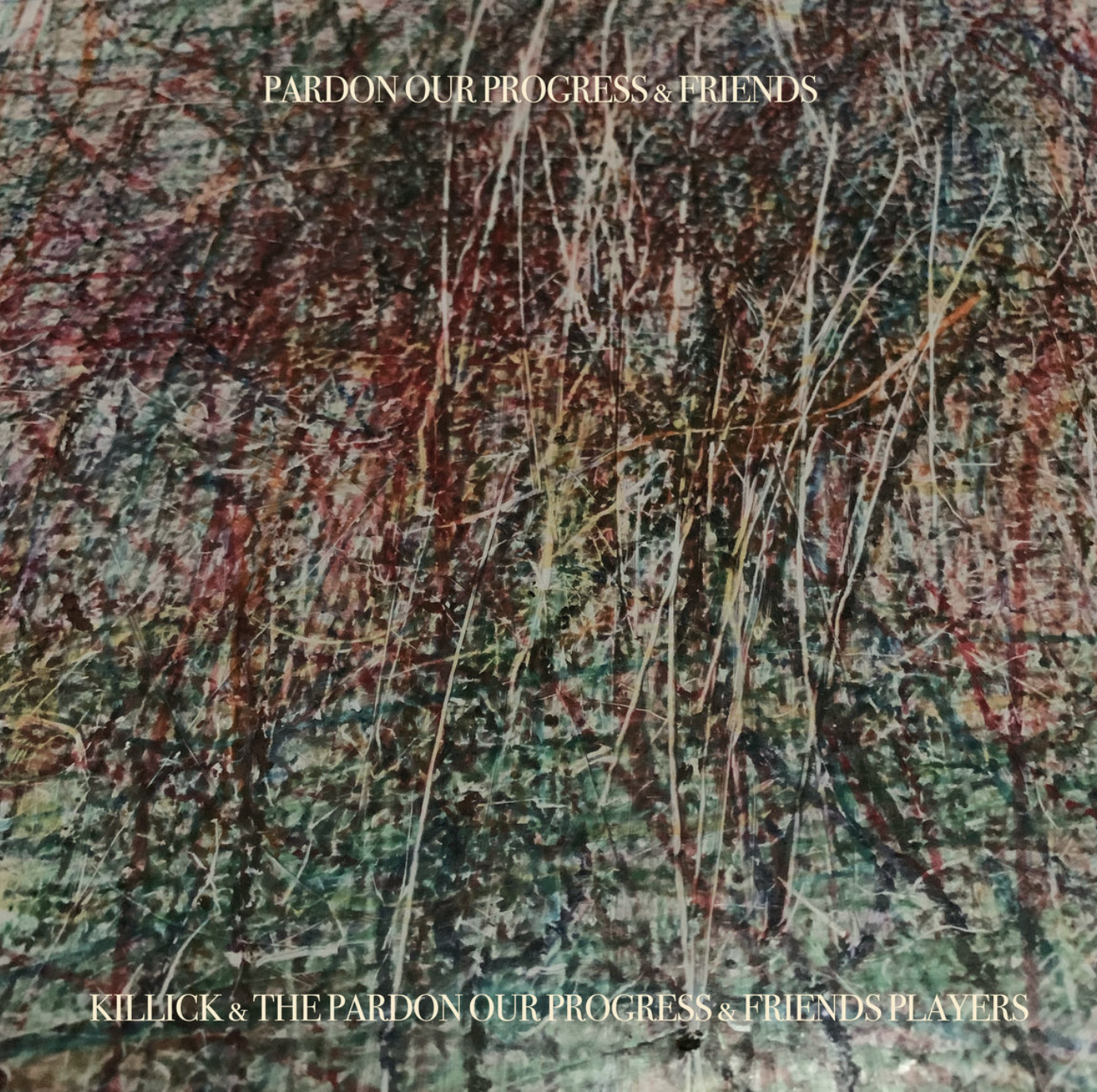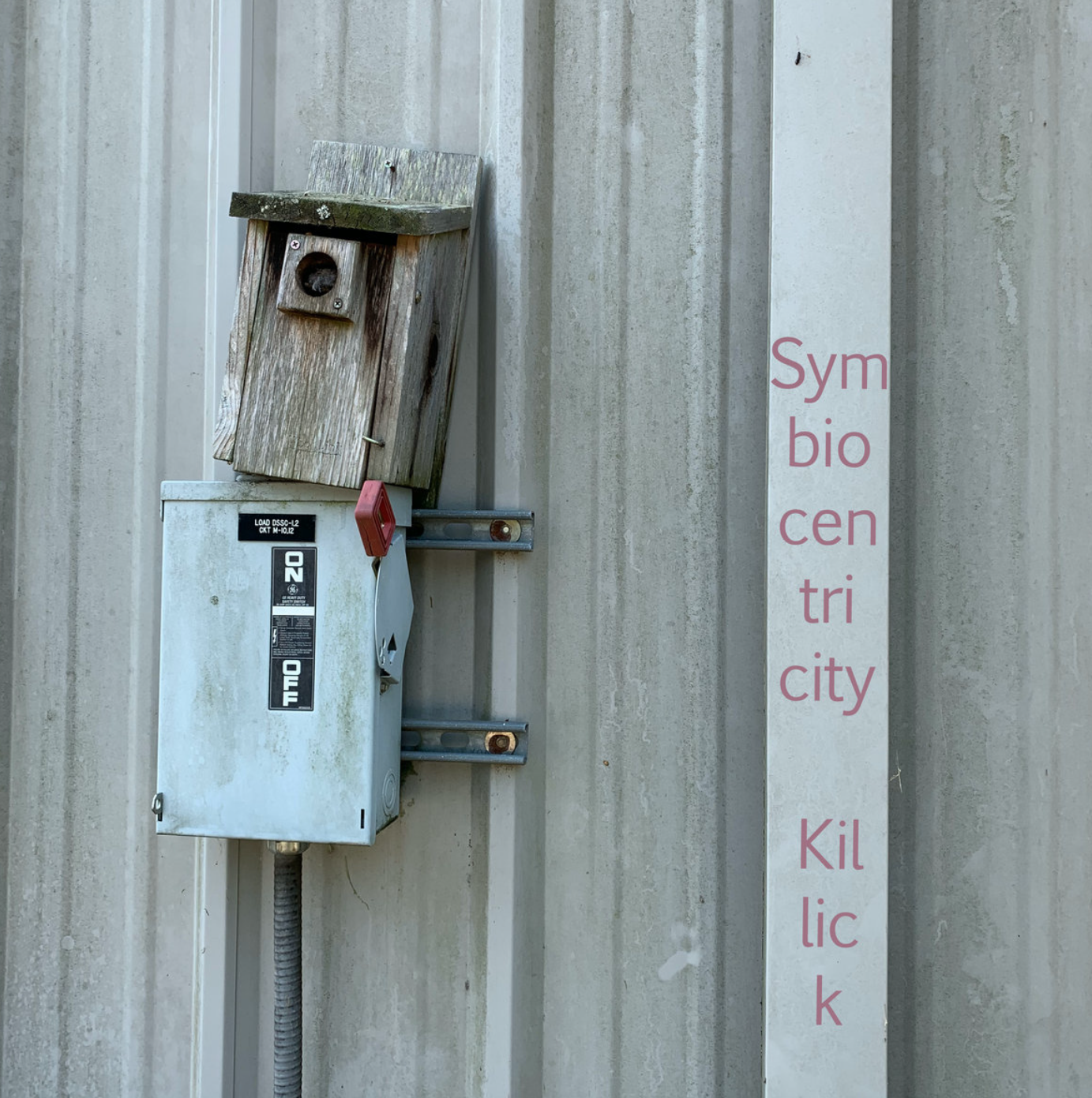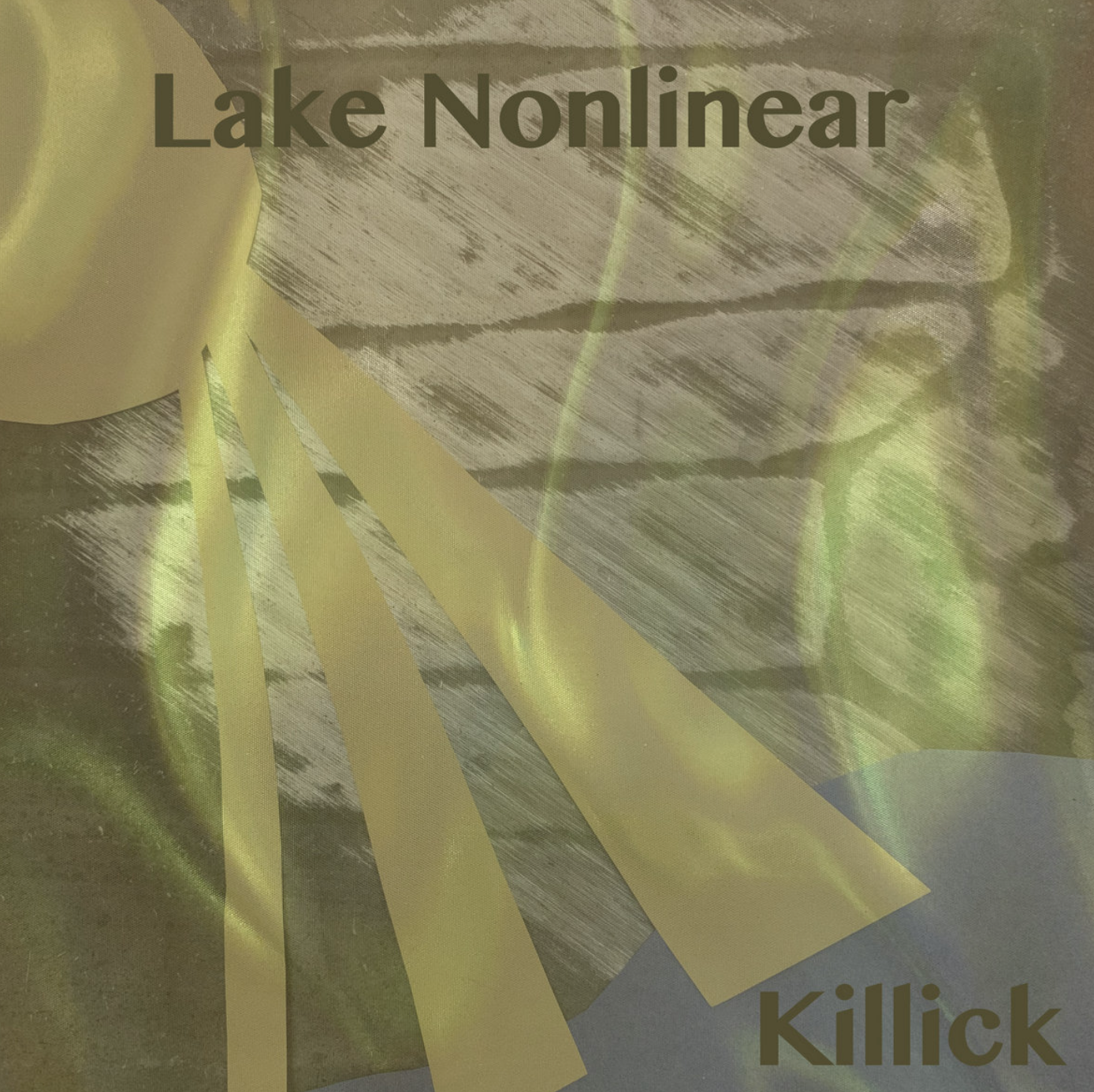
“Fred Frith in the UK and Hans Reichel of Germany were the pioneers of the pickup over the strings at that end of the neck in the 1970’s.” (Henry Kaiser)

“Fred Frith in the UK and Hans Reichel of Germany were the pioneers of the pickup over the strings at that end of the neck in the 1970’s.” (Henry Kaiser)
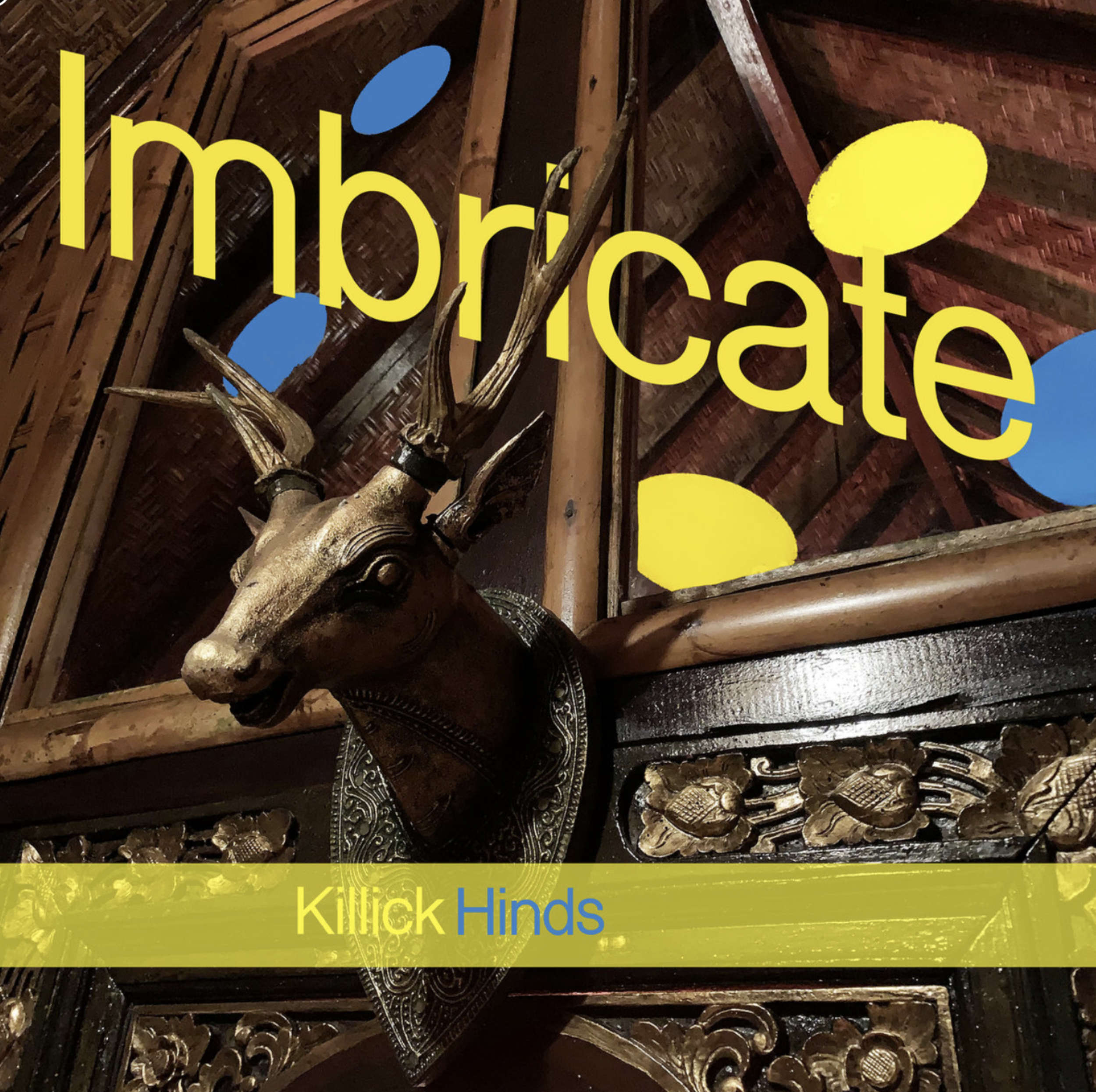
Most of us approach music through a learned set of cultural filters. We are anticipating melody, harmony, a sequence of chord progressions structured and arranged around twelve notes separated by semitone intervals spaced with rhythmic regularity.
Killick bypasses all that with Imbricate. I love the surprise.
It may be useful to reframe his music in context of visual artists. He is possibly most similar to Jackson Pollock, in intention to avoid conventional structure. Splashes of texture and color created with appreciation for coincidences inside improvisation.
There is the deliberate meticulousness of sculptor Andy Goldsworthy. Use of natural materials, organic acoustic sounds, placed within form-following human intervals of breathing and pulse. Sudden changes of direction, of attention, bird flocks responding to air currents.
Sometimes shiny kitschy repurposed cultural artifacts like Jeff Koons. Atari guts cross-wired to dismembered Buzz Lightyear, bleeping MIDI and following the main action, commenting arcade-speak.
Instrumentation:
Track 1: Demi 8-string multiscale fretless
Track 2: Symbiote 8-string bass harp (seen in Imbricate music video)
Track 3: Walrus 6-string multiscale fretless with MIDI
Track 8: Demi 8-string multiscale fretless with MIDI
Recently this last year, Killick helped co-found Habitable Records, bringing his exceptional editing and production skills to the new label.
KILLICK HINDS: I ran the fretless eight string to the Schroeder DB7 with a volume pedal (that I seldom used). I also subtly added sustain with a Gamechanger Plus pedal and Collision Devices’ Black Hole Symmetry in its effects loop. The main signal was split before these pedals, with one half going to a volume pedal and then activating Plogue’s Chipsounds via Jam Origin’s MIDI Guitar 2 in the computer. The Schertler piezo on Demi’s headstock ran into an Elite Acoustics StompMix mixer (which contributed occasional delay) into a Henriksen The Bud amp.
It was good working with Henry on this…our sensibilities match extraordinarily well. Playing with the video felt the closest to playing a concert since March.
I’ll add it was recorded with my cellphone against a makeshift green screen made of a picnic tarp and an old clothing rack. The assembly is not quite big enough for the task, so framing was a little tricky, but it worked out very well.
I’m really pleased to share this (as I know Henry is) and am very grateful he suggested the project. I thank Cuneiform Records for their continued support of new and exciting music. And most importantly, thanks to everyone for watching and listening.
RICK TOONE: Cool! He has software that works with green screen?
KILLICK HINDS: Yes, I think Final Cut Pro. I have iMovie and that works with it as well. This was my very first green screen experience.
RICK TOONE: Quite awesome. So you were in Athens and he was…?
KILLICK HINDS: Yes, I was in Athens and he was in California.
RICK TOONE: Could you hear each other during recording?
KILLICK HINDS: I played to the movie first. Then Henry played to my audio and the movie.
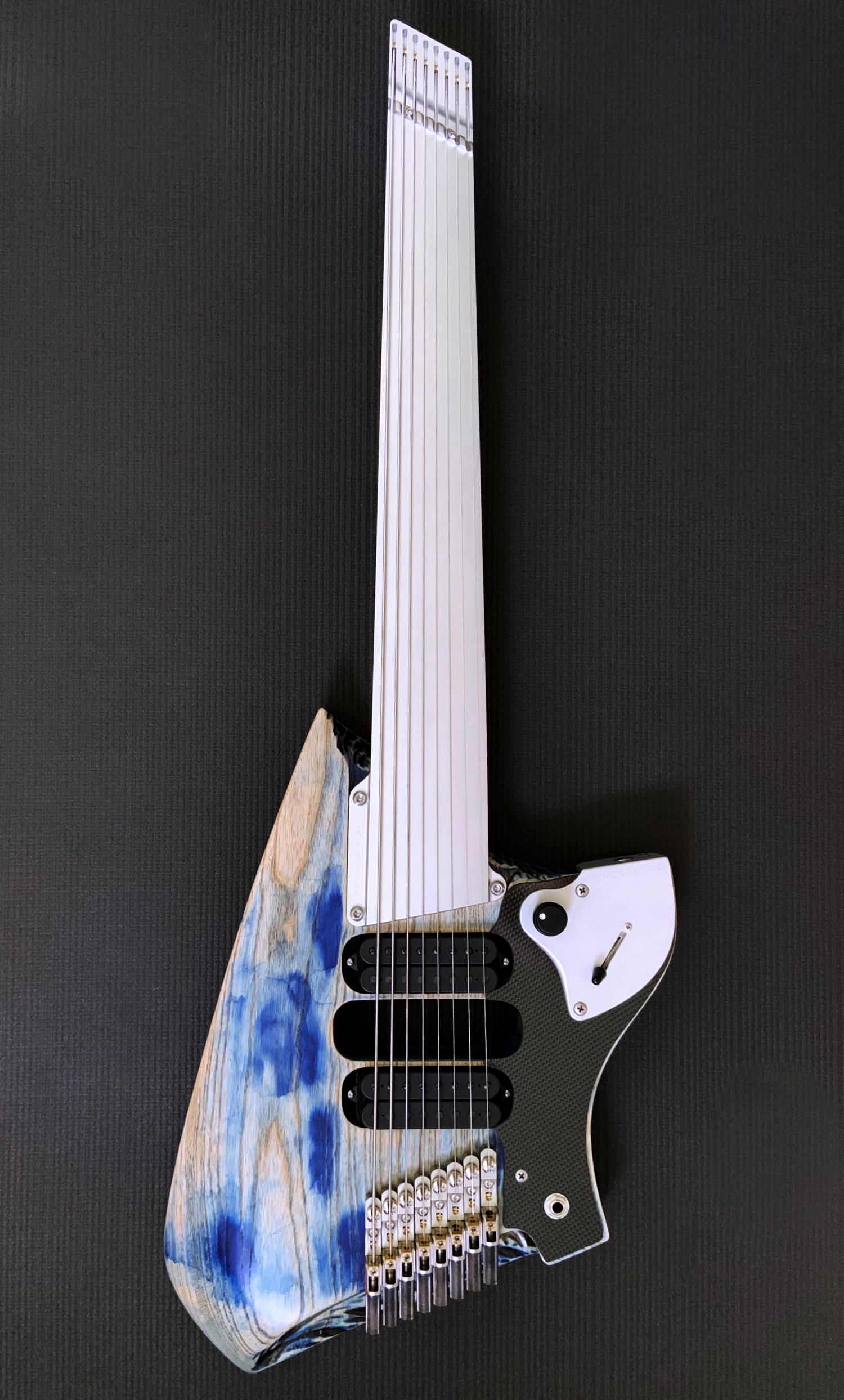
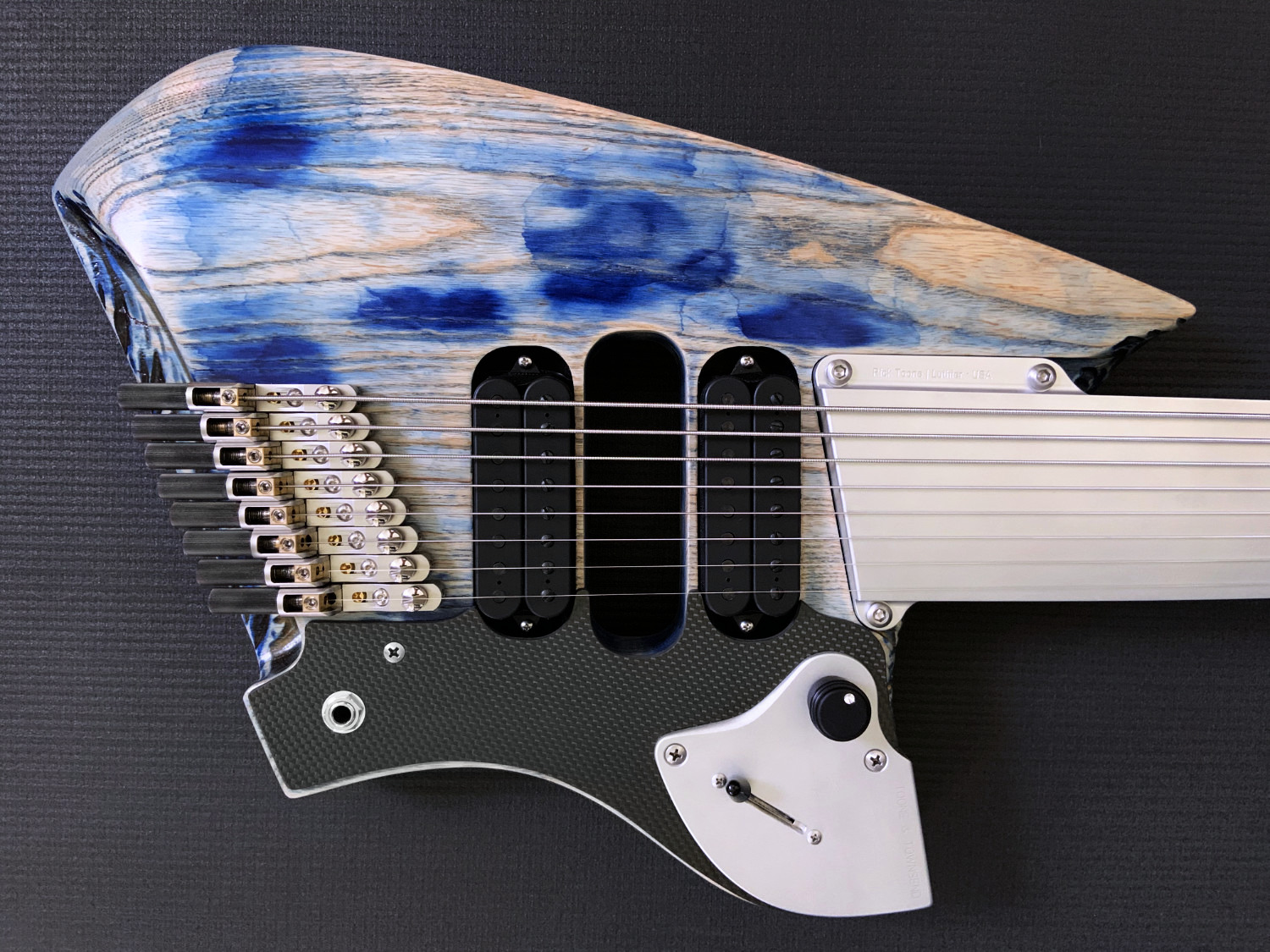
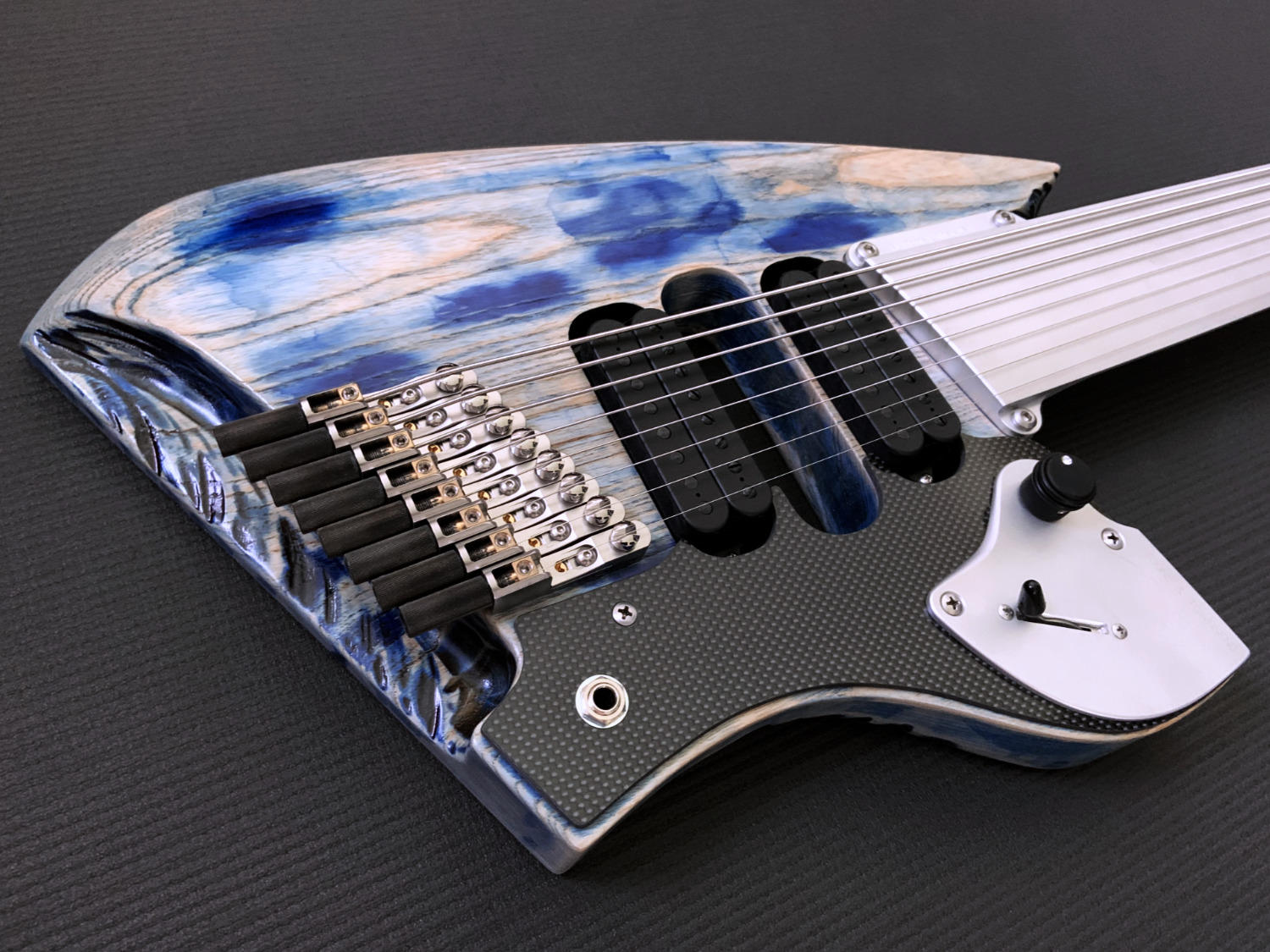
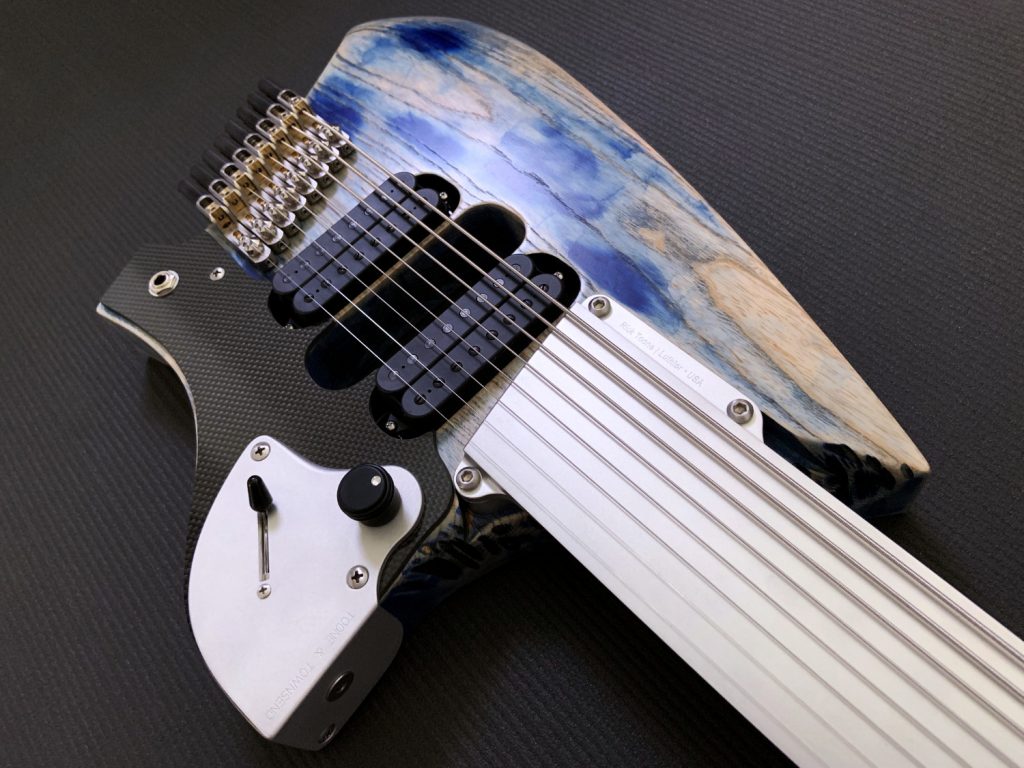
This was a new experience for me. I’ve never done a portrait of another human being using guitar as mixed media. Why not, though?
Killick Hinds and I have been friends for almost a decade. One of the first things he sent when we met was his autobiography of sorts, perhaps a proto-biography. As I read, I thought: “Here is an honest soul.”
Many thoughts and visits exchanged since then, and my love for him as a person only continues to grow. For those of you who are new…within fifteen minutes of meeting Killick in person I stopped noticing his skin is a mosaic of artwork. Again, over time, I appreciate his commitment to his singular path as an artist.
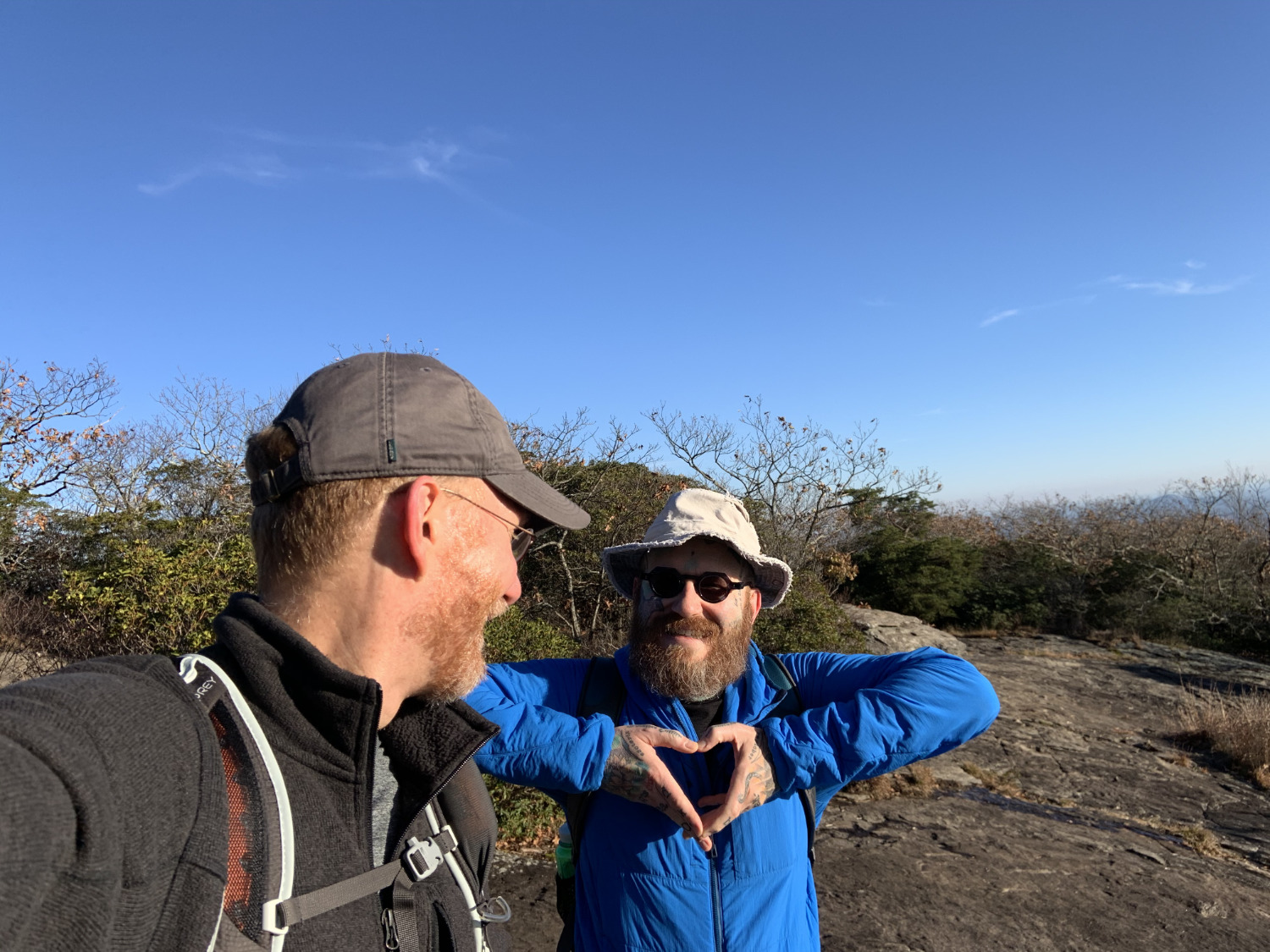
In building this guitar for Killick, I wanted to generate a glimpse of him in tangible, material form. We discussed the technical attributes extensively, however the aesthetics were left entirely to me and delivered to him as a total surprise.
I do believe it works.
It’s not even a guitar…it’s something totally new. The resonances/overtones are unfamiliar to my sensibilities. Bowing with the Pickaso yields entirely new textures & audible rhythms in addition to the fundamental/overtones. It’s instantly rewarding and challenging. This instrument is a perfect ergonomic fit and is truly the electric guitar’s metamorphosis. It’s a surreal time to welcome beauty and homework into the world. Thank you completely! (Killick Hinds)
